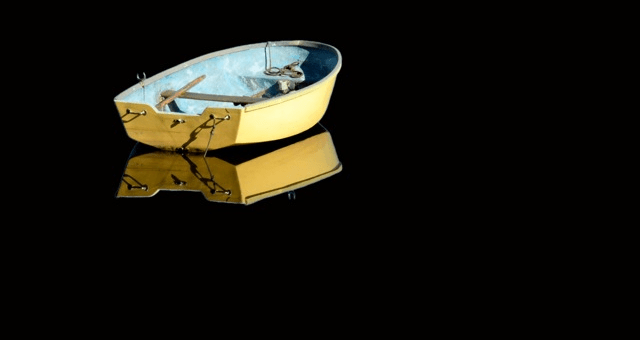
The Value of Presence in Medicine
I asked for a stethoscope, but it was really about presence
I did what all physicians automatically do when asked to examine a patient. I asked for a stethoscope. Someone opened the door and shouted, scattering the audience that had accumulated outside, noses pressed to the glass to see who was so special she rated a Western physician. A young physician arrived, eyes blinking as if just awakened, obligatory stethoscope around her neck. She handed the stethoscope to me and returned to bed. No turf battles here. From my own time as a resident, I recognized the need for sleep.
I slipped into the routine, applying the stethoscope to the patient’s chest and back, asking for deep breaths. She would briefly lose consciousness, awaken, smile at me, and then fade out again. As I listened to her heart, her lungs, and felt her abdomen, the others in the room calmed down, asking me questions through Zhuo. I had no idea what was wrong, but I knew her vital signs—pulse, blood pressure, and temperature—were all stable.
I suspected she was in good hands. I was window dressing. I was doing what all physicians are often asked to do—to just be there, to help translate medical terms, to comfort the patient and her family.
The routine is like a well-rehearsed dance where you know all the steps and the next bars of music. A dance with patients—a waltz with slow, painstaking maneuvers and a deliberate pace. You know the dance you’re doing and the steps you can take, but you’re not quite sure where it will lead.
As I stood there, looking down at Zhuo’s mother, I realized it isn’t always about the actual diagnosis or about the treatment. It’s about just being there, about caring, about touching the patient, about the process, about the dance, and about presence.
(Zhuo’s mother was eventually discharged and lived for another year. Zhuo is a pseudonym.)
- Posted by Margaret Cary
- On July 12, 2018
- 0 Comment

Leave Reply